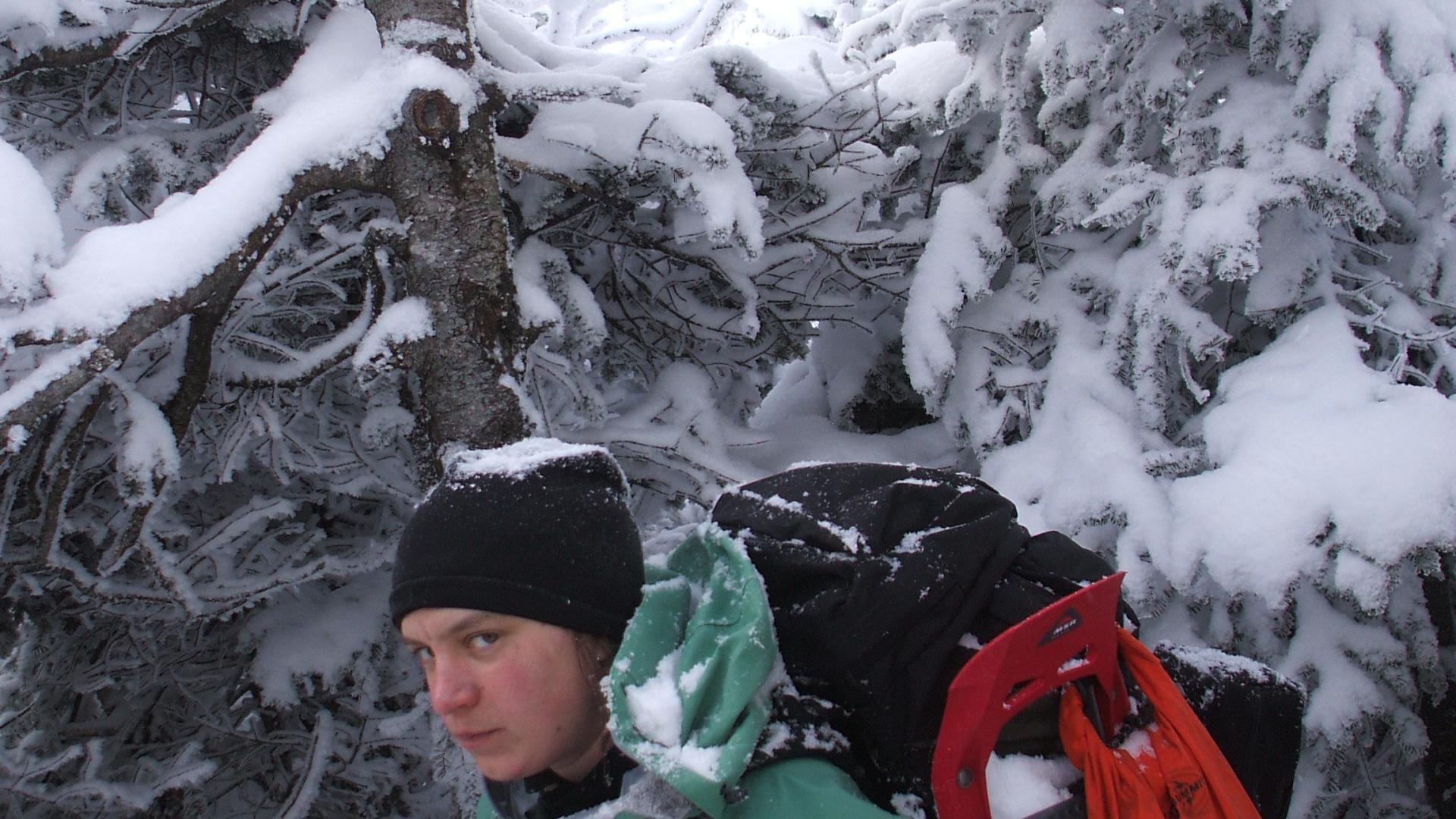Prolong the life of your gear
The end to a long winter season is once again upon us. It’s time to start thinking about how you make you winter gear stay in the condition you desire while being stored in the off-season. Throughout the winter season your gear gets wet then dry, wet then dry, and this process continues right through the season. The more active your season the more important it is to take care of your gear, so it takes care of you. While I don’t have all the answers to extend the life of your gear, I would like to get you started in the habit of good gear care. Be sure to join in if you have some tricks of the trade and share them with everyone to see.
Snowshoes
Look for any possible damage from the previous season and mark those with a small piece of colorful electrical tape to easily find later. The off-season is the perfect time to send them out for repairs or take on the task yourself. The crampons can be sharpened using a flat file, but do not sharpen to a point, they just need to be sharp enough to do the job. Use a medium coarseness steel wool to dust off any surface rust and put a very light coating of oil on them using a rag. Hang in a dry place, not in a plastic bag.
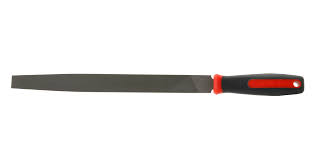
Crampons
The same as with snowshoes, use steel wool to clean off any surface rust that shows up and put a very light coating of oil on them using a rag. Crampons can be sharpened using a flat file, but again do not sharpen to a point, just sharpen enough to do the job you need them to do. Over-filing can break down the hardening of the metals and make them more prone to breaking. Store in a dry place, do not place in a bag that does not breathe.
Microspikes
Treat these the same as with your snowshoes and crampons. Microspikes don’t tend to need sharpening, but they can be if you feel they've been rounded by Adirondack rock. Microspikes are stainless steel so they should not rust, but it is important to keep them clean. Salt from roadsides and trailheads can break down metals and rubber.
Cross-country Skis
As for your skis, remove any light surface rust on the metal edges by using a piece of steel wool. If you want your skis tuned for the next season, I recommend bringing them to a reputable place to get them serviced. Store in a dry location; a ski bag works well to protect them from getting banged up, but some don’t breathe all that well and surface rust can build up on metal-edged skis. Put a coating of wax on the metal edges to keep them from rusting up, the wax will wear off during the first use of the next season.
Poles
There is a simple process for maintenance of poles. If you have a one-piece pole, there really is no maintenance, just check for damage and replace as needed. If you have a 2- or 3-section pole simply take them apart to dry and remove dirt between the sections. Store in a dry area whenever possible, but most poles are aluminum so they should not rust over the summer.
Tent
When you come back from winter camping, your tent will be wet and in many cases, still frozen in areas. You should set the tent up inside to let it dry, if you have the space. If space is at a premium you should at least hang it up. Use the curtain bar in your shower and flip it around to be sure it all gets dry. Store the tent in its stuff sack, but do not roll the tent. Tents have memory; if it gets rolled the same way too much it can create a crease and then a weak point for water the next season. Always, stuff your tent in no particular manner. Doing this makes it tough to get the entire tent in the stuff sack, but with a bit of practice it can be done. In a couple of cases, especially with winter tents, I have had to purchase a larger stuff sack.
Sleeping Bags
Down sleeping bags are the same as down outerwear and should be treated with care. Down should only be washed with a down wash which is free of heavy perfumes or harsh chemicals. Down should also only be washed in a front-load washing machine to avoid water loading and abrupt movements.
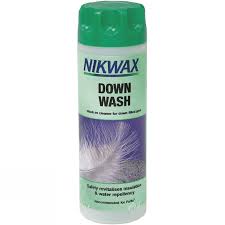
It's recommended to place down items in a drier. Hanging wet down will make the down become bunched up and that is bad. Dry on a low setting and place a couple tennis balls or a shoe in with the piece. The tennis balls or shoe will work the down around while drying and helping it spread back out. If you use a shoe, be sure it is a non-marking shoe to avoid black marks in your dryer or on your gear.
Synthetic sleeping bags are much easier to clean. They should also be put in a front-load washer only. Synthetic fillers can also bunch up when washed and should be dried in the same manner as a down sleeping bag.
Storage of all sleeping bags is important and should not be overlooked. Al bags should be hung if you have the room, or stored flat. I realize this is not an option for many people. You can also store your bags in a large storage sack or laundry bag. The important thing is to not store them compressed for a long period of time. Extended periods of compression can mat the fillers and over time lose some of the loft and warmth ratings. Also, rodents love sleeping bags, keep them in a bin if you can - especially if you are storing them in a basement or an out building.
Backpack
If you are storing one over the summer and breaking out that summer pack, just wipe it clean of heavy dirt and particles and call it good. Dirt adds character to a pack and almost tells a story.
Outerwear
Base-layer: Wash in cold water and store away over season. Oh, DO NOT PUT IN THE DRYER, they will shrink. If you do, use a delicate cycle and even then you have the potential of shrinkage; just hang it, they dry very fast.
Fleece: Wash before storage to get any body oils and contaminants off. This should be done to the instructions on the garment. Many brands of fleece like to pill when washed with other materials, especially if the other materials have excessive buttons and buckles. Velcro is not a fleece’s best friend and can do more damage to your jacket. Fleece is best washed in a separate load or with other like materials.
Waterproof/Breathable: Wash before storage, body salts and oils can break down the waterproofing over time. It is best to wash these pieces with a detergent designed for this type of clothing. Using regular detergent tends to not rinse off well enough, and over time will clog the pores of the jacket making it less breathable. Wash with like garments and no more than 4-pieces at a time. For heavily soiled pieces, be sure to rinse off all excess dirt before putting in your washing machine.
Drying can be done on low temperature if needed, but it's not typically necessary because they tend to dry quickly. Drying on a low temperature can also bring back some of the waterproofing that was manufactured into the material.
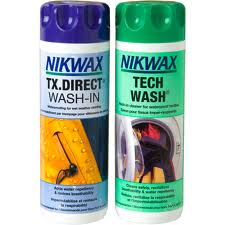
Putting waterproofing back into a material can be done with a spray-on or wash-in waterproofing material. Use the spray-on for outerwear that is lined or insulated. Using wash-in waterproofing is perfect for shell jackets or pants. Using wash-in on insulated pieces can cause the pores to get clogged and in turn lose some of the breathability.
Hats, Balaclavas and Glove: Depending on the material, wash with similar items.
Down Clothing: Follow the same instructions as above for down sleeping bags.
Boots
Typically with boots, you don’t have to do anything for storage, just keep in a place where mice and other rodents don’t make a home out of them. But if you wish to wash them, start by brushing off excess dirt as needed, and then hand wash. To dry your boots you need to be a bit more careful. Excessive heat is bad for glued seams and leather. Excessive heat, such as placing them on or near a heater will dry out the glues which can cause a shoe to break down much quicker. High heat also dries out leather which also causes sewed seams to break down and the body to crack. It is best to remove the foot bed before you start to dry them to allow for adequate air flow. Then you have the option to leave them alone in a dry, warm environment, if you are not in a hurry. If you are in a rush you can stuff them with newspaper to soak up the excess moisture. You can also purchase boot stacks that simply move warm, dry air into and around the inside of the boots.
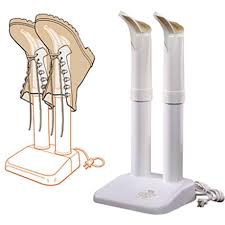
Still have questions, give me a shout right here! You can also stop into a local outfitter for details, while you’re there be sure to see what they have for the care products you need. Want to head out into the backcountry to experience an Adirondack winter excursion, see what a local guide service has to offer.

